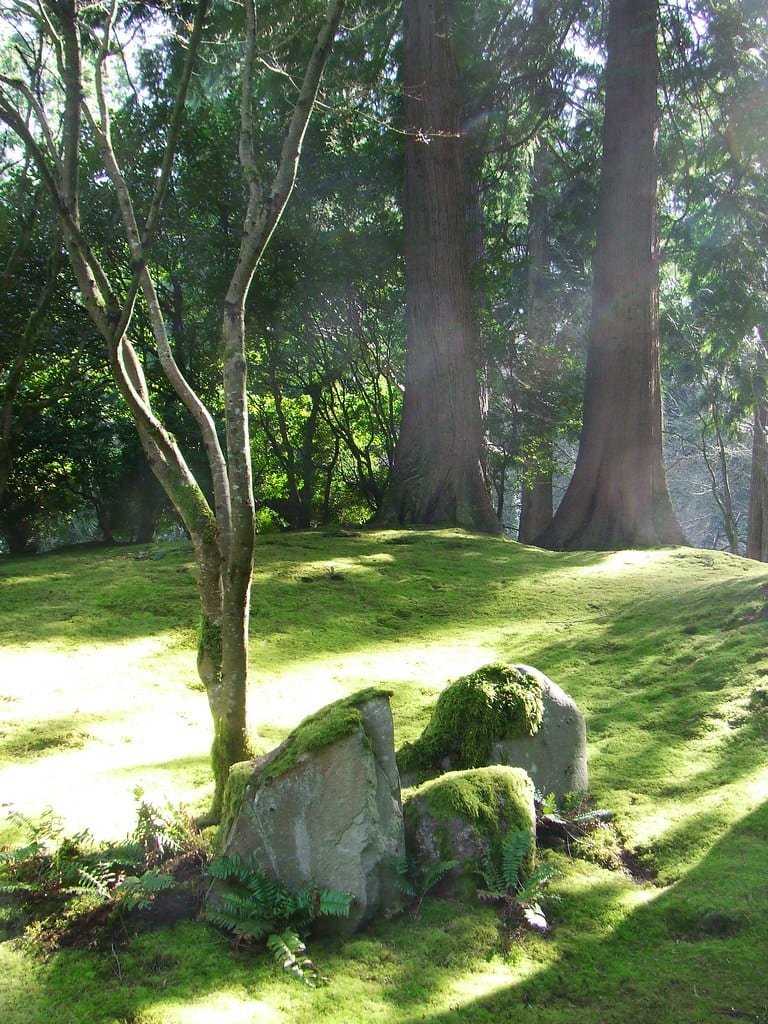As the world’s biggest plastic waste producer per capita, Japan vowed to spearhead the international efforts at reducing plastic wastes at the G20 summit. However, its goals and the “symbolic” measure of banning plastic shopping bags from supermarkets are deemed insufficient by the critics, especially compared to some other nations. Local authorities in Japan and convenience stores have taken more decisive moves. Campaigners said more businesses should be involved and a more thorough approach should be taken to transfer from plastics to recycles and reusables but the change received a hard objection from petroleum industries.
The article presents Japanese government as a mockery compared to global efforts on reducing plastic waste. Japan was viewed unfavourably especially since the countries who used to take in their plastic waste, now do not wish to be accountable for Japan’s irresponsible usage. Locally, the author cited local authorities and companies taking more decisive actions than the national government. Overall, both globally and locally, the author seems to represent the national government as lacking in their vows to tackle plastic waste.
Plastic waste causes severe harm to the environment and affects areas such as the local environment near the processing facilities and its incineration contributes to climate change. Hence, the Japanese government’s trying to reduce plastic waste and taking the responsibility of handling its own waste home, though involuntarily, are “green” because such moves will make Japan more environmentally friendly.
According to the article, most of the plastics waste comes from over-packaging, which can be ascribed to Japanese consumers’ preference for carefully wrapped products. Such cultural preference might be associated with the Japanese perception of nature. Since the product itself can be regarded as “nature” (Kalland and Asquith, 1997), careful packaging will help to preserve the product, and “nature” as well. However, such traditional values might not be a major player in overpackaging. The growing affluence of Japanese consumers may encourage producers to overpackage, in hopes of improving their customer service for larger market shares. However, such economic development is not unique to Japan while overpackaging is, so there should be some underlying “Japanese only” cultural reasons behind overpackaging.
With regards to Japan shipping it’s waste to other countries, it highlights an important point of an ever increasing connection to each other and to nature. It shows that Japan’s obsessive use of plastic has caused inconvenience throughout the world. Through this interconnectedness, the pain of modernization and the development of consumerism may be felt across the globe. As is consistent with the arguments from Walker (2010), modernization (in the form of globalization), further enhances and reminds us of our close connection to each other and towards nature.
As mentioned in the article, petroleum industries are strongly against such a campaign. Perhaps, a play of power could be seen. Despite having the political power to draft and implement environment policies, the national government’s reluctance displayed its political belief regarding plastic usage. Moreover, industries with economic interest could apply pressure to the government, showing another form of power-play to resist changes. The difference of economical power also manifests itself, as the industry can use millions of dollars to improve its public images and engage politicians; most of the campaigners and people whose ways of life are threatened by climate change might not have access to such resources and methods.
With regards to sustainability, the author calls for decisive actions to reduce consumption of plastic. Although Japan has done an incredible job in recycling plastic waste, reducing consumptions could be more fruitful (Moor, 2019), and should be the next step the government focuses on. In fact, recycling might not be as beneficial to the environment. According to (news or Plastic waste Management Institute Japan), 58% of the plastics goes through “thermal recycling”(Denyer, 2019), which incinerates plastics to produce electricity and heat. The sustainability of such a measure is questionable given that the process produces carbon dioxide, which contributes to global warming. Instead of reusing and recycling, Japan should now focus more on reducing and refusing plastic consumption, which could result in greater environmental benefits.
(676 words)
Reference:
Kalland, A. and Asquith, P., 1997. Japanese Perceptions Of Nature. Pp.14,15.
Walker, B., 2010. Toxic Archipelago: A History Of Industrial Disease In Japan (Weyerhaeuser Environmental Books). Seattle: University of Washington Press, p.8.
Denyer, S., 2019. Japan Wraps Everything In Plastic. Now It Wants To Fight Against Plastic Pollution.. [online] The Washington Post. Available at: <https://www.washingtonpost.com/world/asia_pacific/japan-wraps-everything-in-plastic-now-it-wants-to-fight-against-plastic-pollution/2019/06/18/463fa73c-7298-11e9-9331-30bc5836f48e_story.html> [Accessed 5 July 2020].
Moor, L., 2019. Is It Possible To Live A Sustainable Lifestyle In Tokyo? | Tokyo Weekender. [online] Tokyo Weekender. Available at: <https://www.tokyoweekender.com/2019/11/is-it-possible-to-live-a-sustainable-lifestyle-in-tokyo/> [Accessed 5 July 2020].
McCurry, J., 2019. Japan’s Plastic Problem: Tokyo Spearheads Push At G20 To Tackle Waste. [online] the Guardian. Available at: <https://www.theguardian.com/world/2019/jun/27/japans-plastic-problem-tokyo-spearheads-push-at-g20-to-tackle-waste> [Accessed 5 July 2020].



